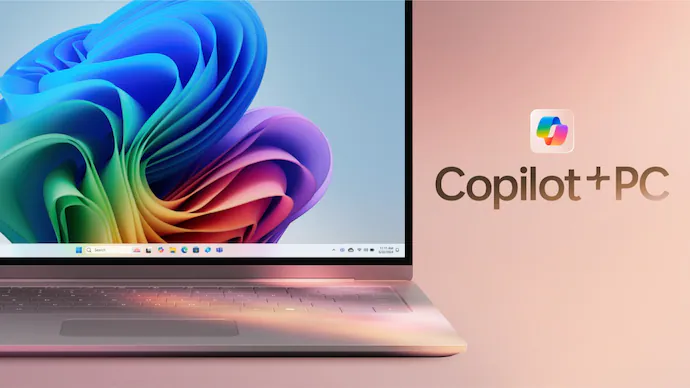Huawei is now concentrating on creating its own PC operating system, which could be introduced later this year, following a difficult time in the United States. Smart devices and smartphones made by Huawei have been using the HarmonyOS operating system. The release of HarmonyOS Next, a PC version, is now anticipated. A X post speculating on a possible release later this year is where the rumors of HarmonyOS Next’s availability originate. Images from Huawei’s developer website are cited in the piece, showcasing a variety of interfaces, including a dock that looks like it belongs in macOS and numerous widgets.
The push towards developing its own OS stems from the U.S. blocking Huawei’s access to the Android and Windows operating systems. This blockade led Huawei to focus on creating an OS that provides flexibility, enabling developers to build an app once and distribute it across multiple devices and product types. The current version of HarmonyOS for smart devices and smartphones is primarily based on the open-source version of Android (AOSP) and utilizes the Linux kernel. However, the upcoming PC version, HarmonyOS Next, is reportedly Android-free and relies on its own microkernel rather than Linux or Unix. This distinction means it does not use Android code and cannot run Android apps, supporting only applications in its native format.
Despite this, Huawei’s microkernel seems to have Linux binary compatibility and reuses Linux drivers through driver containers. This suggests that it is still largely based on Linux. Nonetheless, as it is not an open-source project, the extent to which the Linux kernel is used and the specific modifications remain unknown. Developing a kernel from scratch typically requires extensive time and effort, making it plausible that Huawei would leverage existing architecture to expedite the process. The creation of HarmonyOS Next is part of a broader strategy, as China aims to develop HarmonyOS as its “national operating system” to reduce reliance on U.S. technology. HarmonyOS has seen rapid growth within China, surpassing Apple’s iOS as the second-best-selling mobile OS in the country at the beginning of 2024.
Additionally, Huawei has developed an open-source version of the OS, named OpenHarmony, which is now overseen by a nonprofit organization called the OpenAtom Foundation. Currently, HarmonyOS’s presence is limited to the Chinese market. No smartphones or smart devices outside China come equipped with HarmonyOS. With the expected launch of HarmonyOS Next in Huawei products possibly in the last quarter of this year, it will likely continue to be restricted to the Chinese market initially. Nevertheless, Huawei’s ambitions extend beyond national borders. During the Huawei Analyst Summit in April, executives openly discussed their plans to expand the reach of HarmonyOS to other parts of the world once they deem it ready.
This indicates that while HarmonyOS Next will begin its journey within China, its developers have international aspirations for the operating system’s future deployment. Huawei’s strategic move to develop HarmonyOS Next is a significant step towards technological self-reliance and innovation, particularly in the context of international trade restrictions and technological embargoes. This initiative not only showcases Huawei’s resilience but also highlights China’s broader ambitions to establish a robust technological infrastructure independent of Western technologies.
It will be interesting to see HarmonyOS’s global competitiveness and the effect it has on the operating system market, which is now dominated by companies like Apple, Google, and Microsoft. HarmonyOS is still developing and expanding. Geopolitical tensions and trade restrictions can spur creativity and result in the development of alternative technology solutions. HarmonyOS Next’s development and possible success could serve as an example of this. In the event of HarmonyOS Next’s success, other businesses and nations may be inspired to follow suit, creating a more competitive and varied global technology market.
If you like the article please follow on THE UBJ.
